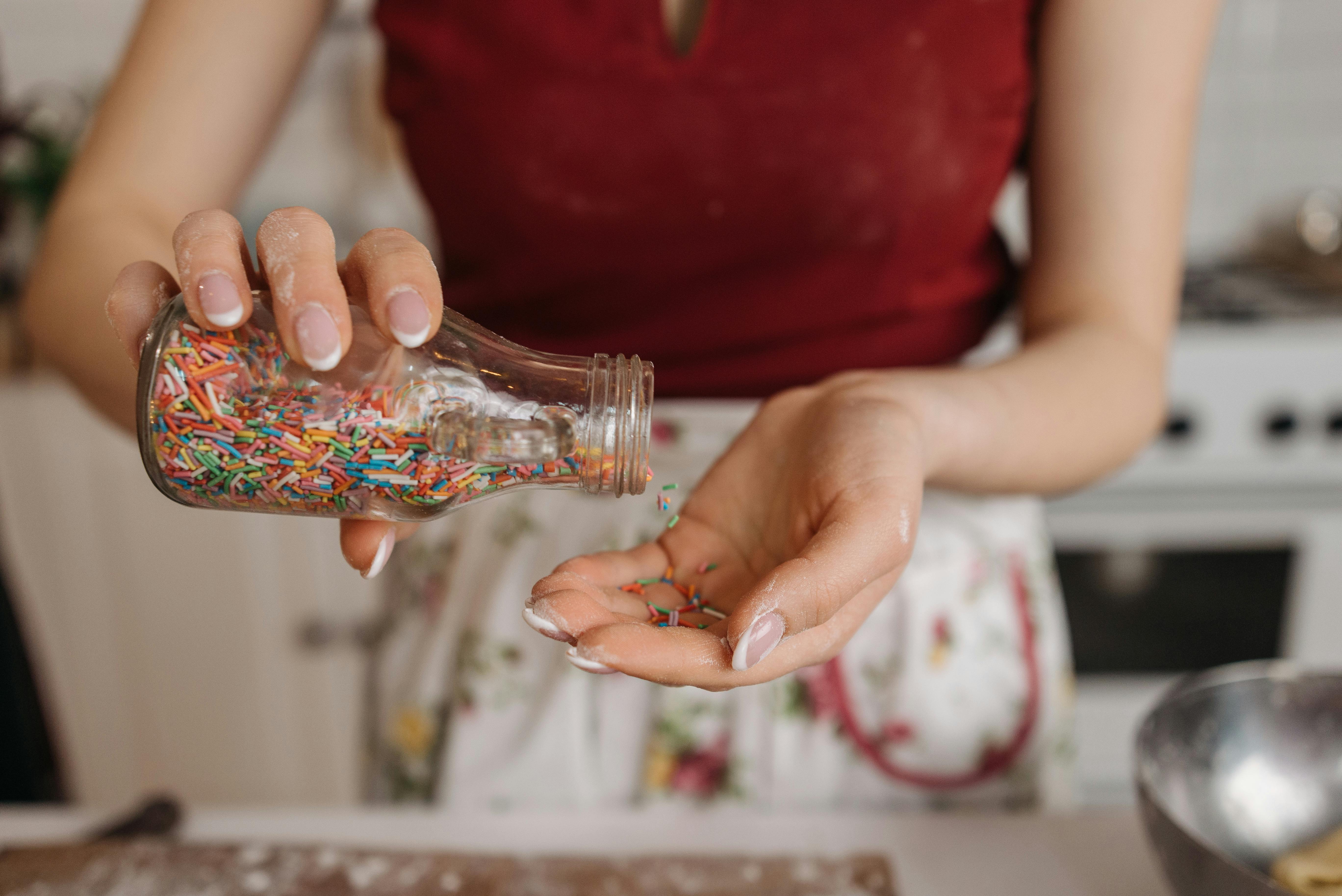
How to build the perfect hydroponic grow room
Hydroponic grow rooms
Indoor gardening with hydroponic equipment. The most important requirement is a specially designed grow room. A hydroponic grow room requires certain materials to provide certain elements of protection, retention, reflection, and security. These have to be available throughout the life cycles of the plants. The requirements must be applied when designing and before construction begins.
Grow room materials
The materials needed to successfully modify a room or space into a suitable growing environment depend primarily on the surface you start with, i.e. brick or wood. Most home grow rooms are poorly furnished lofts. A room with bricks is better insulated and would therefore require fewer materials; however, a loft is often more beneficial to the producer as it tends to go unused and air and ventilation is easier to access. A quality built indoor grow environment will have insulated walls and ceilings to make it easier to control indoor temperatures. Grow rooms that are not properly insulated will lose heat in the winter and add heat in warmer weather. On top of this insulation there should be plasterboard. This is an added insulation barrier, but also provides a rigid surface to hang your reflective wall coverings. The floor must be suspended on concrete floors. Cold soils will make reservoir waters too cold to feed on, causing plants to “stun” and will also welcome certain diseases associated with cold waters in a warm environment, allowing pests to thrive. like Thrip. If your room has windows, this is a disadvantage and it would be better to cover it with insulation.
Wall coverings for grow rooms
The need for grow room wall coverings should be to keep the grow environment clean in the first place. The walls will end up with plants growing against them and after applying foliar fertilizers, these walls will no doubt be covered in foliar fertilizer as well. By making sure the room is clean, you are eliminating the chances of pests and diseases. Other benefits that ‘slat’ wallcoverings offer are light reflection, heat reflection and insulation when properly laid. Many grow room wall coverings are applied with visible creases and wrinkles. This is detrimental to light reflection and will cause “hot spots” and more pests are likely to hide and nest there. It is good practice to apply polyethylene sheet wallcovering with staples to the plasterboard and ‘duct tape’. Duct tape is a highly adhesive tape that is often available in white, black, gray, or metallic silver. It is best to use the same color as the wall coverings to seal the joints and ensure light and heat reflection is maintained at all times.
Grow room electricity
It takes a lot of electrical power to run a 250 watt light, most grow rooms average 3000 watts for lights alone. This is a huge amount compared to the rest of a standard home and does not include intake and exhaust fans, air pumps, water pumps, feed pumps, dehumidifiers and more. Before building, start upgrading the electricity and seal all cables behind the walls or ceiling of the grow room. Plants release a large amount of moisture into the air, causing water to run down walls and ceilings, make sure your cables and wiring cannot be penetrated by liquids.
Water supply for the grow room
It is beneficial to have a clean water supply in the grow room. This is to refill the reservoir that will hold the water required to add to the nutrient reservoirs and also to supply clean water for cleaning utensils, bottles, and equipment. It is best that this water supply be built behind the insulation as a cold water supply will add cold to the room through the pipes. Best practice would be to build a communal kitchen sink in the grow room, allowing the grower easier access for cleaning and general good practice.